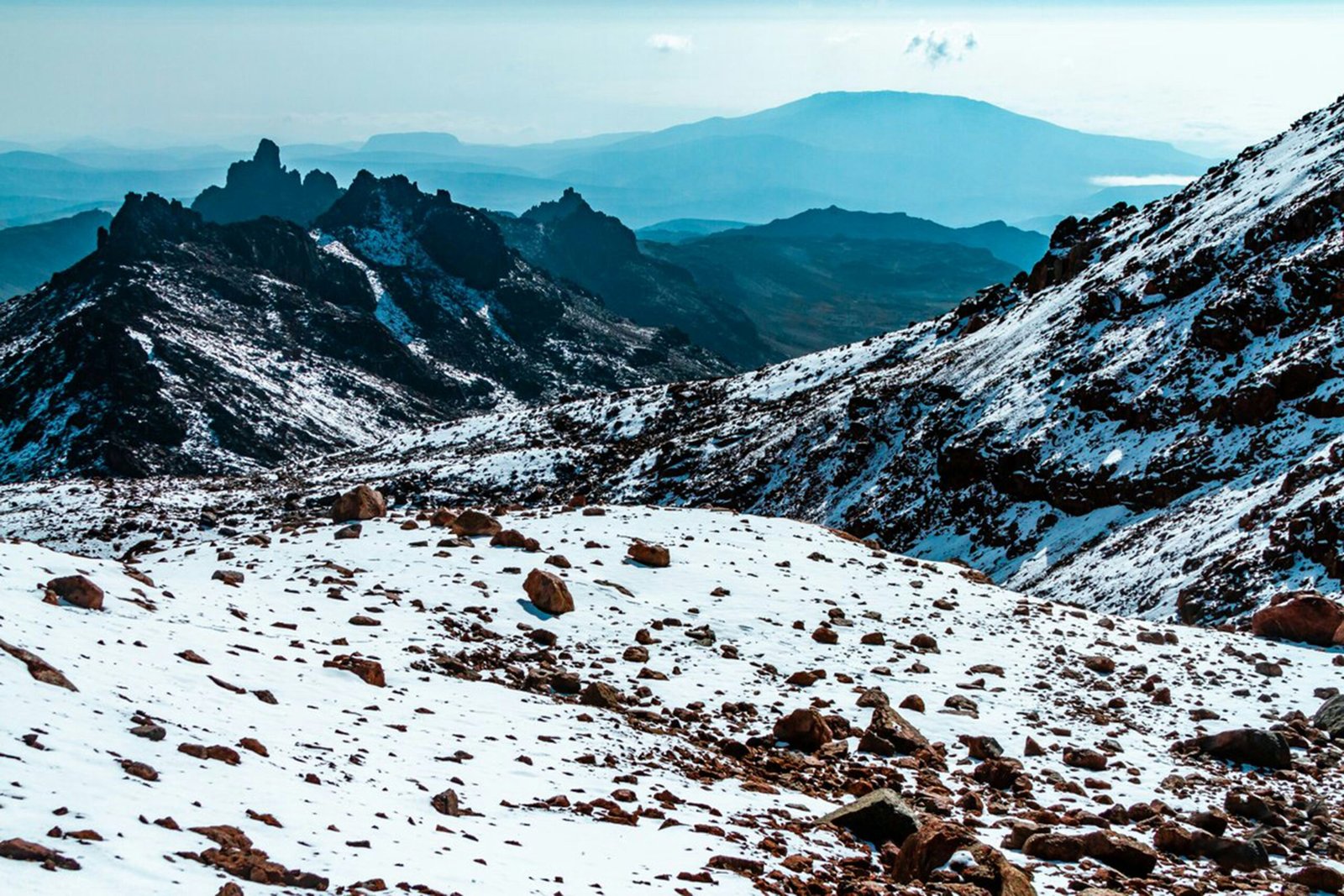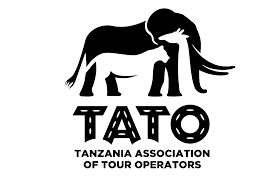Climbing Mount Kilimanjaro is a dream for many adventurers around the world, offering a unique and iconic experience to reach the highest point in Africa. However, despite the allure of standing at Uhuru Peak at 5,895 meters (19,341 feet), the climb is far from easy. While Mount Kilimanjaro is a non-technical climb, meaning it doesn’t require advanced mountaineering skills, it presents several challenges that make it tough for even experienced hikers. In this article, we’ll explore the main factors that contribute to the difficulty of climbing Kilimanjaro, helping you understand why this iconic peak should not be taken lightly.

1. Altitude and Altitude Sickness
One of the main challenges of climbing Kilimanjaro is its high altitude. At 5,895 meters (19,341 feet), the summit of Kilimanjaro is considered to be within the “high-altitude” range, where the air has significantly less oxygen compared to sea level. While many climbers reach the summit without technical difficulty, the lack of oxygen is a serious challenge.
As you ascend, the body begins to struggle with the reduced oxygen levels, and climbers can experience symptoms of altitude sickness. These symptoms can include headaches, nausea, dizziness, and shortness of breath. The higher you go, the more difficult it is for your body to adjust, and the risk of more severe symptoms like pulmonary or cerebral edema increases.
To combat this, climbers are encouraged to follow the “climb high, sleep low” strategy, which means ascending slowly during the day and returning to a lower elevation to sleep, allowing the body more time to acclimatize. For this reason, climbers often take 6-8 days to summit Kilimanjaro, as this longer duration gives them more opportunity to adjust to the altitude. The faster you ascend, the greater your chance of suffering from altitude sickness.
2. Duration and Physical Endurance
Climbing Mount Kilimanjaro is not a short-term challenge. Depending on the route, the climb can take anywhere from 5 to 8 days. The longer duration allows for better acclimatization, but it also means that climbers are subjected to several days of strenuous trekking.
The trek itself can be physically exhausting, especially as you climb higher each day. The routes vary in terms of terrain and difficulty, but climbers often walk between 4 to 7 hours per day. As you gain altitude, the air becomes thinner, which means your muscles require more effort to perform the same actions.
On the lower slopes, climbers will experience lush rainforest, but as you ascend, the environment becomes much harsher. The terrain changes from dense forests to alpine deserts, and then to snow and glaciers at the summit. This constant change in environment and the lack of oxygen at high altitudes requires significant physical endurance. Even though the climb doesn’t involve technical skills, the physical demand of walking at such a high elevation for extended hours is exhausting.
3. Challenging Terrain
Although Mount Kilimanjaro is known for not requiring technical climbing skills, the terrain itself presents its own set of difficulties. The route is varied, and each section of the climb offers different challenges. On the lower slopes, trekkers will walk through lush rainforests, where the path can often be muddy and slippery, adding to the difficulty.
As you ascend, the trail leads through alpine meadows, rocky paths, and barren landscapes. The final push to the summit, particularly along the Barranco Wall or the summit night climb, is demanding, with steep sections and rugged terrain.
During summit night, climbers typically start the trek around midnight to reach the top for sunrise. This means trekking for hours in the dark, in freezing temperatures, with fatigue setting in, which makes the final push extremely grueling. The challenge becomes even more intense due to the altitude, as the higher you go, the harder it becomes to maintain energy levels.
4. Weather and Temperature
Mount Kilimanjaro is located near the equator, which means the weather can be unpredictable. While the base of the mountain is typically warm, the higher you climb, the colder the temperatures become. In the tropical rainforest at the base, the weather can be hot and humid, but once you reach the alpine desert zone, it becomes cold, with temperatures dropping below freezing, especially at night.
As climbers approach the summit, temperatures can plunge even further. At the summit of Kilimanjaro, temperatures can be as low as -10°C (14°F), and the high winds can make it feel even colder. Climbers may also encounter snow or icy conditions near the summit, which, while beautiful, make the climb even more challenging.
The combination of altitude, cold temperatures, and wind makes the summit night climb especially difficult, as trekkers must endure freezing conditions and exhaustion after several days of climbing.
5. Mental and Emotional Challenges
In addition to the physical challenges, climbing Kilimanjaro also presents significant mental and emotional hurdles. The climb can be mentally exhausting, especially after several days of challenging hiking. The high-altitude fatigue and low oxygen levels can make it hard to concentrate, and this can be particularly frustrating when combined with the difficult terrain.
Summit fever—when climbers become fixated on reaching the top—can also affect the ability to make clear decisions. It’s common for climbers to feel that they must reach the summit no matter the cost, but it’s important to remember that safety should always be the priority. Climbers must be prepared to turn back if the signs of altitude sickness become too severe, as pushing forward could be dangerous.
The final push to the summit can also test your mental strength. The steep slopes, the freezing cold, the exhaustion, and the lack of oxygen can create a sense of doubt and despair. However, the sense of accomplishment and pride once you stand at the summit of Mount Kilimanjaro often outweighs these challenges.












